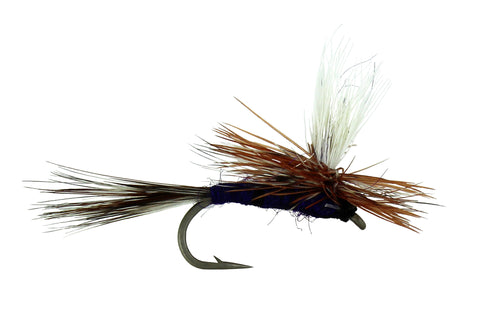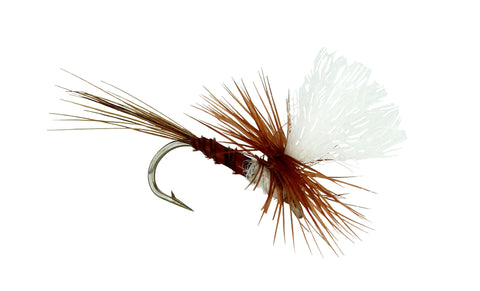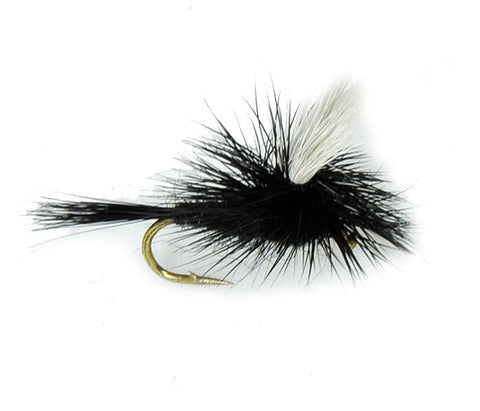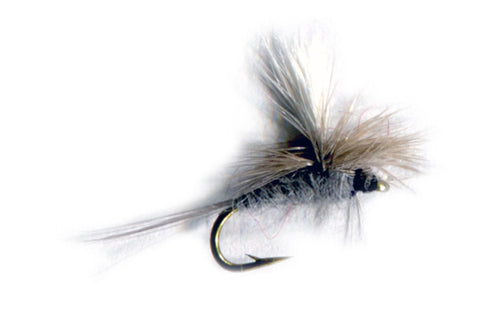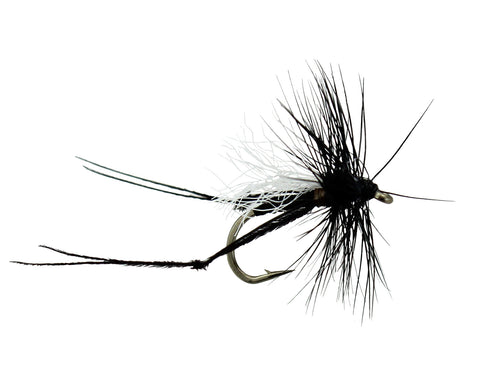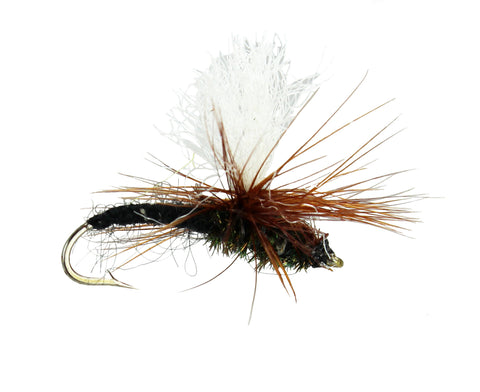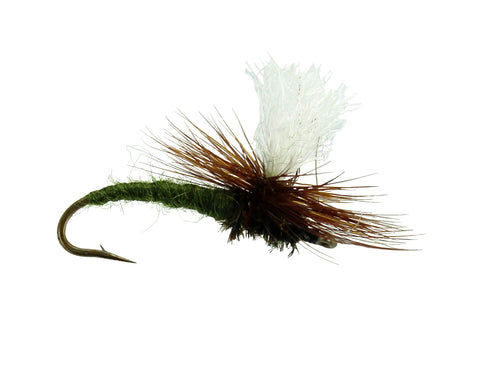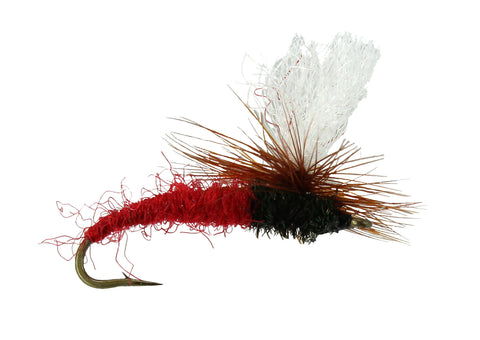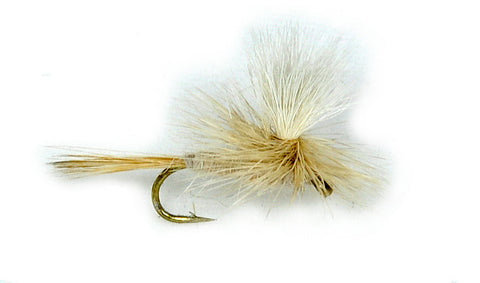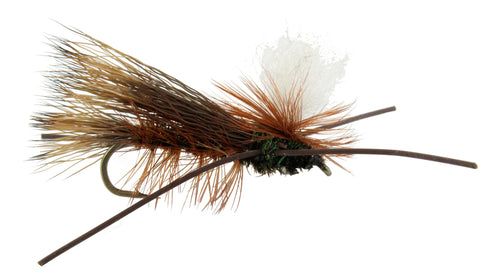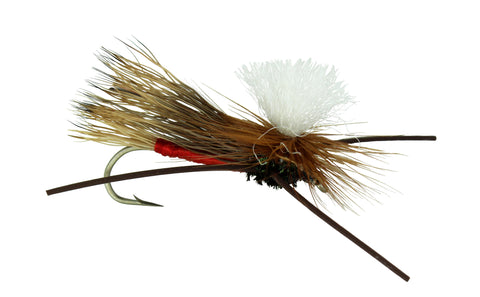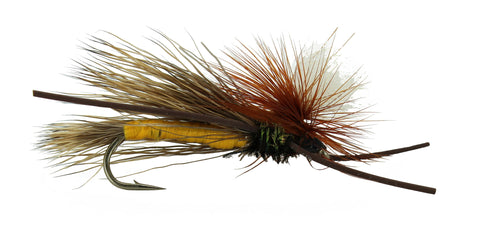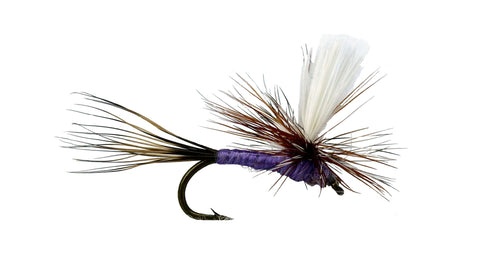Adams - Parachute
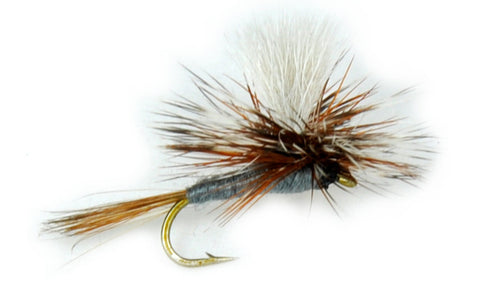
This Adams parachute should be accompanied by the classic Adams fly and the Adams Midge.
As the parachute pattern sits with its body in the water it looks wholly different to the fish. There are a number of instances where the insects we aim to imitate are best represented by a parachute pattern. The only time a natural insect will have its body lying flat on the water surface is during emergence. During emergence some insects are trapped by that the surface tension of the water. In addition, later in the day when there is a spinner fall, they are trapped by the surface tension. The hackle of a parachute pattern is different, it is spread laterally. This in turn changes the view from underneath the fly. It looks like an emerging insect that is spreading its legs to get that extra support and push from the shuck before it starts drying its wings. Lastly, when the female insect returns to lay her eggs wings often are caught in the surface tension and take on water. Again due her weight increasing, she will extend her legs to gain additional support. Many females are unsuccessful in flying away and this is another excellent time to use the parachute pattern as they float down with their legs extended sideways and wings trapped in the surface tension. The human benefit, we can see the post so much more clearly.
Many trout anglers claim it is the best fly ever made. Most declare that if they had to choose one fly to use for all of their trout fishing, it would be the Adams. We need say no more about the fly that is and always shall be the cornerstone of every fly collection the world over. We must, however, mention the Adam's dry fly creator Leonard Halladay who tied the first Adams dry fly near his home on the banks of Mayfield pond in 1922. He named it in honor of his great friend, Judge Charles F. Adams.
When fishing any dry fly pattern, matching the color and the size to the hatch are critical. Often overlooked is the casting of shadow from your leader, which may lead to spooked fish. We suggest selecting a high float leader. Additional waterproofing can be given to you fly delaying it becoming waterlogged, by applying a flotant product such as Gink ®.
All flies are tied with American sourced materials including Hareline Dubbin Materials and Whiting Farm's Hackles & Capes and are tied on premium hooks.

